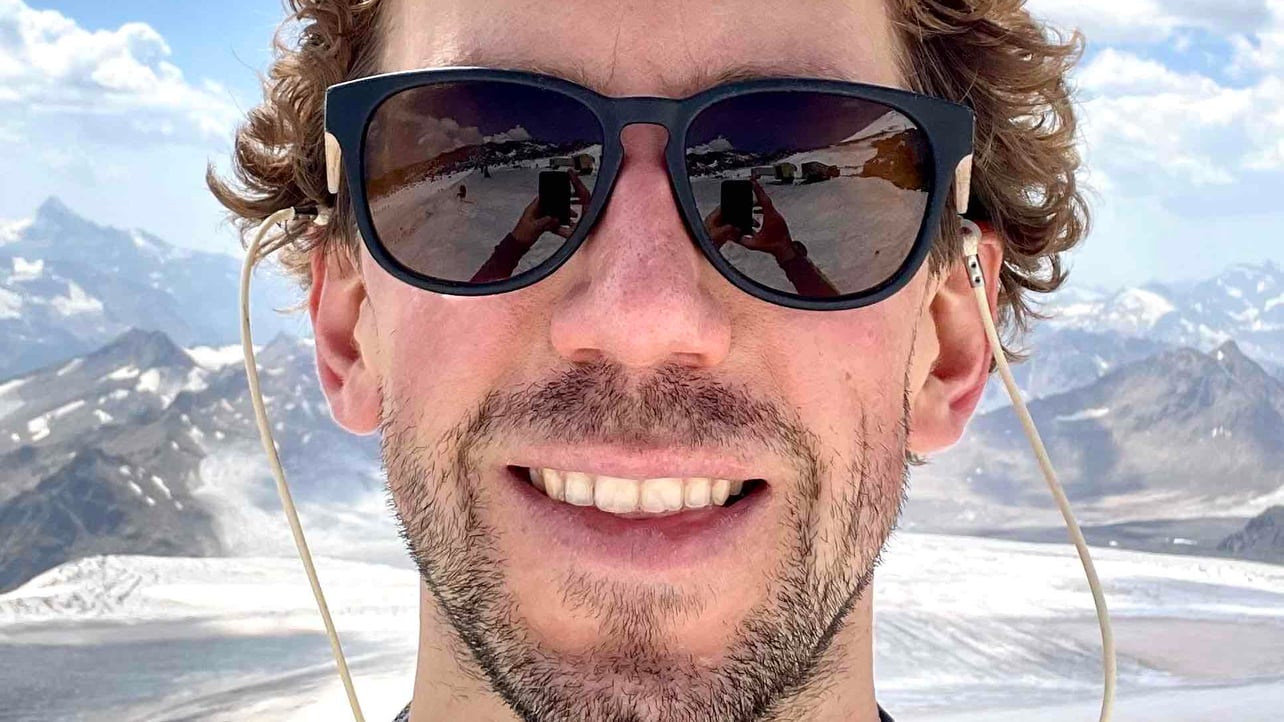
Anatoliy Listonen
@listonen
0 reply
0 recast
1 reaction
0 reply
0 recast
0 reaction
0 reply
0 recast
1 reaction
0 reply
0 recast
0 reaction
0 reply
0 recast
0 reaction
0 reply
0 recast
3 reactions
0 reply
0 recast
0 reaction
0 reply
0 recast
0 reaction
1 reply
0 recast
0 reaction
1 reply
1 recast
1 reaction
0 reply
0 recast
1 reaction
Social networks have become an integral part of our daily lives. We spend a lot of time on them, communicate with friends, follow the news, share our thoughts and emotions. However, often, under the positive facade of our profiles, there is an idealized version of ourselves.
Many people strive to create the illusion of a perfect life on social networks, posting only the best moments. Filtered photos, positive posts and perfect smiles can create the impression that everything is going smoothly and without problems for a person. But in reality, this is far from always true.
Addiction to social networks also plays a big role in idealizing ourselves. We constantly compare our lives with the lives of other users, and if someone else seems to have it better and more beautiful, we begin to doubt our own uniqueness and value. This can lead to negative consequences for our well-being and self-esteem.
⬇️ 1 reply
0 recast
0 reaction
2 replies
0 recast
0 reaction
1 reply
0 recast
1 reaction
1 reply
0 recast
0 reaction
More than just art.
"Photography is more than just art, it is a powerful tool that can change the world. Each frame contains a story, an emotion, and a truth that can awaken consciousness and inspire action.
As the famous photographer Dorothea Lange wrote, 'photography is a way of seeing the world as it is and as it could be.' With a lens, we can capture moments that would otherwise go unnoticed, from suffering to joy, from struggle to hope.
Photographs have the power to unite people, inspire change, and serve as a testimony of the times. They can be a voice for the speechless and a reflection of our common humanity. In the digital age, when images are instantly distributed around the world, their impact is even greater.
Every photo is an opportunity to tell a story, change perceptions, and perhaps even influence the future. Let's use this power with our minds and hearts! 1 reply
0 recast
0 reaction
Photography is an art, and to take great photos, it’s important to understand how to properly set up your camera. Let’s break down three key settings: exposure, ISO, and shutter speed.
1. Exposure
Exposure is the amount of light hitting your camera’s sensor. It determines how bright or dark your image will be. Exposure is made up of three components: ISO, shutter speed, and aperture.
How to set it up:
Use the priority modes (Aperture Priority or Shutter Priority) to automatically adjust other settings.
If the image is too bright, decrease the exposure; if it’s too dark, increase it.
2. ISO
ISO determines how sensitive your camera’s sensor is to light. The higher the ISO value, the more sensitive the sensor becomes, allowing you to shoot in low-light conditions. However, high ISO values can result in noise in your image.
How to set it up:
In good lighting conditions, use low ISO values (100-400).
In low light, increase the ISO (800 and above), but be careful about noise.
⬇️ 0 reply
0 recast
0 reaction
0 reply
0 recast
0 reaction
0 reply
0 recast
0 reaction
Secrets of Color Combinations in Photography: How to Create the Perfect Shot
Color is one of the most powerful tools in a photographer’s arsenal. It can convey mood, evoke emotion, and make a shot truly memorable. Let’s figure out how to combine colors correctly so that your photos look harmonious and attractive!
Color Wheel: Let’s start with the basics. The color wheel is your best friend. It helps you understand which colors go together. Primary colors (red, blue, yellow) can be combined with their derivatives (green, orange, purple) to create harmony.
Complementary Colors: Use complementary colors that are opposite each other on the color wheel. For example, blue and orange create a bright contrast that attracts attention and makes the frame more dynamic.
Analogous Colors: Combining analogous colors (for example, blue, light blue, and green) creates a calm and harmonious atmosphere. This is a great choice for landscape photography or portraits where you want to convey peace.
⬇️ 0 reply
1 recast
0 reaction